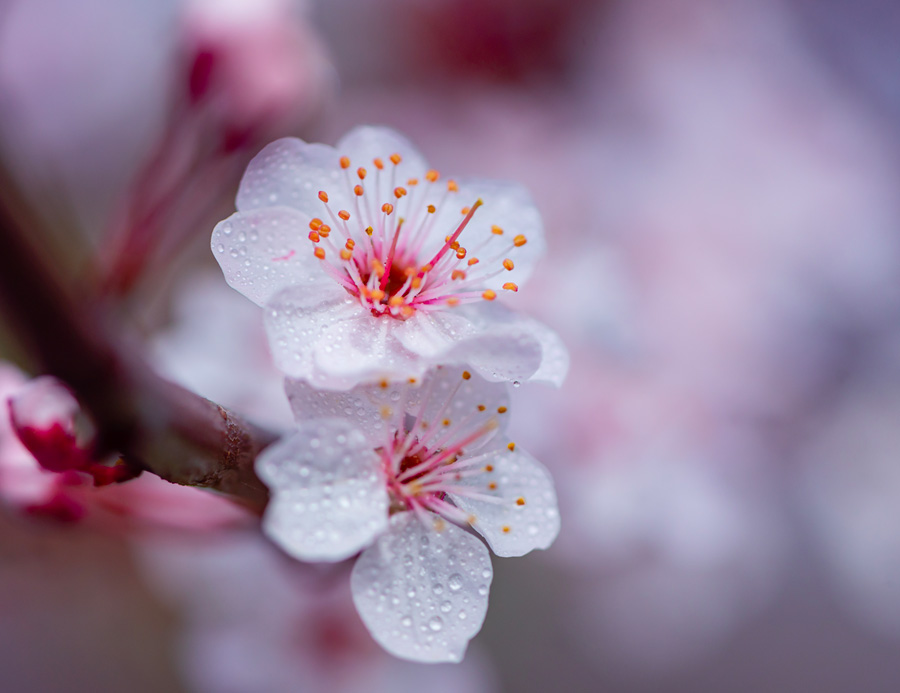IKIGAI – TRUE PURPOSE – A Reason for Being
In more recent years, I have developed a keen interest in the practice of IKIGAI. A pathway towards achieving good health and longevity, through purpose and meaning.
There are many parallels with IKIGAI and the PIVOTALS of my journey in pursuit of mastery.
As a ‘visual model’, IKIGAI takes the form of a four leaf clover, with leaves intersected. This Venn diagram, served to inspire the FOCUS ON PROCESS video visualisation of my process of practice.
In essence, IKIGAI is a practice. It assists with the origination of strategies to generate flow, to work in unison with the order in one’s life, and create a new balance. Realisation is achieved through discovery of enduring purpose, abandoning urgency, exploring passions, and nurturing relationships.
organisation towards IKIGAI:
- eat a balanced diet including calcium
- take daily exercise with moderate exposure to sunlight
- sleep eight hours per night
- live at a measured pace – slow and relaxed
- avoid stress and adopt mindfulness
- do not take yourself too seriously
- socialise regularly – nurturing connections
- enjoy wine in moderation
- perpetuate order and routine
- set out to achieve flow
- focus on clear objectives driven by process
- perpetuate single-mindedness & single tasking
benefits of single-mindedness and single tasking:
- allows for calm retention
- brings incremental advancement to process
- increases manners and awareness of others
- enhances productivity and flow
to assist with advancing a state of flow:
- complete scopes of practice slightly outside the comfort zone
- focus on increased time spent at pure practice
- practice gradual immersion into flow
- understand that flow exists only in the present
- surrender to the rhythms of flow
- maintain mind balance through order and routine
the power of flow:
- advances the sense of “this is what I should be doing”
- focuses on the sense of the present
- gives calmness and clarity of thought
- enhances feelings of control and enjoyment of simplicity
- increases abilities with attention to detail
- fosters a ritualistic ‘practice-place’ environment
benefits of rituals:
- offer clear rules and objectives
- have process and repetition at their core
- allow for focus on enjoyment
- lead to outcomes that are gradual and natural
- serve to strengthen entrances into a state of flow
‘stations’ to visit en route to one’s “raison d’etre” include:
- Practice patience perseverance and implement the positive – receive feedback from those trusted – seek mentorship – imitate – share – move beyond comfort – ‘brand’ strategies and activities – recover childhood dreams + use the past to understand the present – identify life’s ‘greatest hits’ – give greater attention to positive friendships – write on a daily basis, and include Haiku [three line verse] – embrace ‘slow life’+ avoid any multi-tasking – distance from sources of negativity . . .
additional points to assist:
- the calmness typical of seasoned travellers, who flow with their various journeys
- the willingness of spirit is an essential companion, to move us beyond our comfort zones, with uncertainty ahead, but towards new horizons
- being on good terms with the past, and connecting the dots of previous experiences
- The Shinto Shrine at ISE in Japan is rebuilt every 20 years, bringing the past and future together to honour an ‘eternal present’.
analogy | KYUDO – the art of archery
- a practice to exercise the soul, body mind and spirit simultaneously
- be patient – practice without force
- be humble – first fail in order to improve
- be flexible – grasping lightly
- allow the mind to think without obsession
- Kyudo practice requires balance, patience, marksmanship + physical and mental ‘stability’
- creating the ability to see through a prism of serenity and sharpness
- the important thing is not the exterior target, but what is inside
- the Kyudo archer IS the target!
- practicing towards spirituality and the inner self
